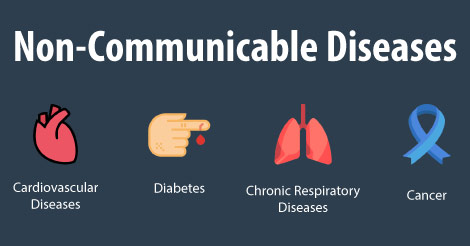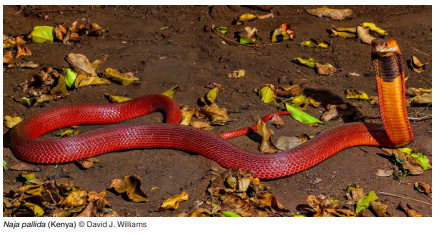In Horizonte, Brazilian scientists, located in the world’s second-largest consumer of cocaine, have unveiled a groundbreaking treatment for addiction to cocaine and its potent derivative crack: a vaccine named “Calixcoca.” This experimental vaccine, exhibiting promising results in animal trials, stimulates an immune response that obstructs cocaine and crack from reaching the brain. Researchers hope this breakthrough will assist individuals in breaking free from the grip of addiction, as it would render addicts unable to experience the euphoric effects of the drugs.
Should this treatment receive regulatory approval, it would mark the first instance of employing a vaccine to combat cocaine addiction. Dr. Frederico Garcia, a psychiatrist and head of the team behind this development at the Federal University of Minas Gerais, emphasized the significance of this milestone. The project recently earned the prestigious Euro Health Innovation award for Latin American medicine, sponsored by pharmaceutical company Eurofarma, which came with a prize of 500,000 euros ($530,000).
Calixcoca operates by provoking the immune system to generate antibodies that attach to cocaine molecules in the bloodstream, rendering them too large to pass into the brain’s mesolimbic system, also known as the “reward center.” This is where the drug typically induces heightened levels of pleasure-inducing dopamine. While similar studies have been conducted in the United States, the leading global consumer of cocaine according to the United Nations Office on Drugs and Crime, they encountered setbacks during clinical trials due to insufficient results among other factors, as explained by Garcia.
Thus far, Calixcoca has exhibited effectiveness in animal testing, resulting in significant antibody levels against cocaine and minimal side effects. Researchers also discovered that it shielded rat fetuses from the effects of cocaine, suggesting its potential use in humans to protect the unborn children of pregnant addicts. The vaccine is now poised to advance to the final phase of trials, involving human subjects.
Garcia envisions Calixcoca as a transformative force in addiction treatment. He points out that there is presently no registered treatment specifically tailored for cocaine and crack addiction, with the current approach relying on a combination of psychological counseling, social support, and rehabilitation when necessary. Calixcoca, Garcia contends, could furnish a crucial addition to this regimen, especially during pivotal stages of recovery, such as the transition out of rehabilitation.
Notably, the vaccine is synthesized from chemically engineered compounds in a lab, as opposed to biological components. This means it would be more cost-effective to produce than many other vaccines and would not necessitate storage at low temperatures. Nonetheless, Garcia cautions that it is not a universal remedy that can be administered to everyone. The specific target group will be contingent on the outcomes of clinical trials, but it is conceptually intended for recovering addicts who have abstained from cocaine and are committed to maintaining their sobriety.
The overarching objective is to address what Garcia characterizes as a “distressing statistic”: according to the US National Institute on Drug Abuse, one out of every four regular cocaine users becomes addicted, and only one out of four addicts successfully quits after five years of treatment. Given the high stakes, anticipation surrounding the vaccine is palpable, with over 3,000 individuals reaching out to Garcia’s team to volunteer for participation in the clinical trials.











